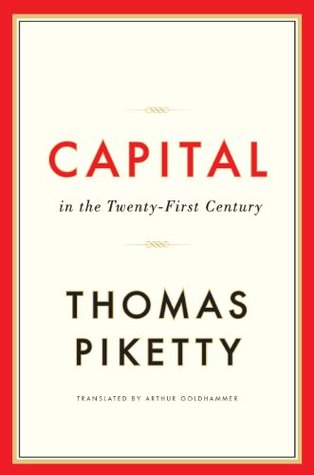Concretely, the yield on the riskiest assets, including industrial capital (whether in the form of partnerships in family firms in the nineteenth century or shares of stock in listed corporations in the twentieth century), is often greater than 7–8 percent, whereas the yield on less risky assets is significantly lower, on the order of 4–5 percent for farmland in the eighteenth and nineteenth centuries and as low as 3–4 percent for real estate in the early twenty-first century. Small nest eggs held in checking or savings accounts often yield a real rate of return closer to 1–2 percent or even
...more
Welcome back. Just a moment while we sign you in to your Goodreads account.


